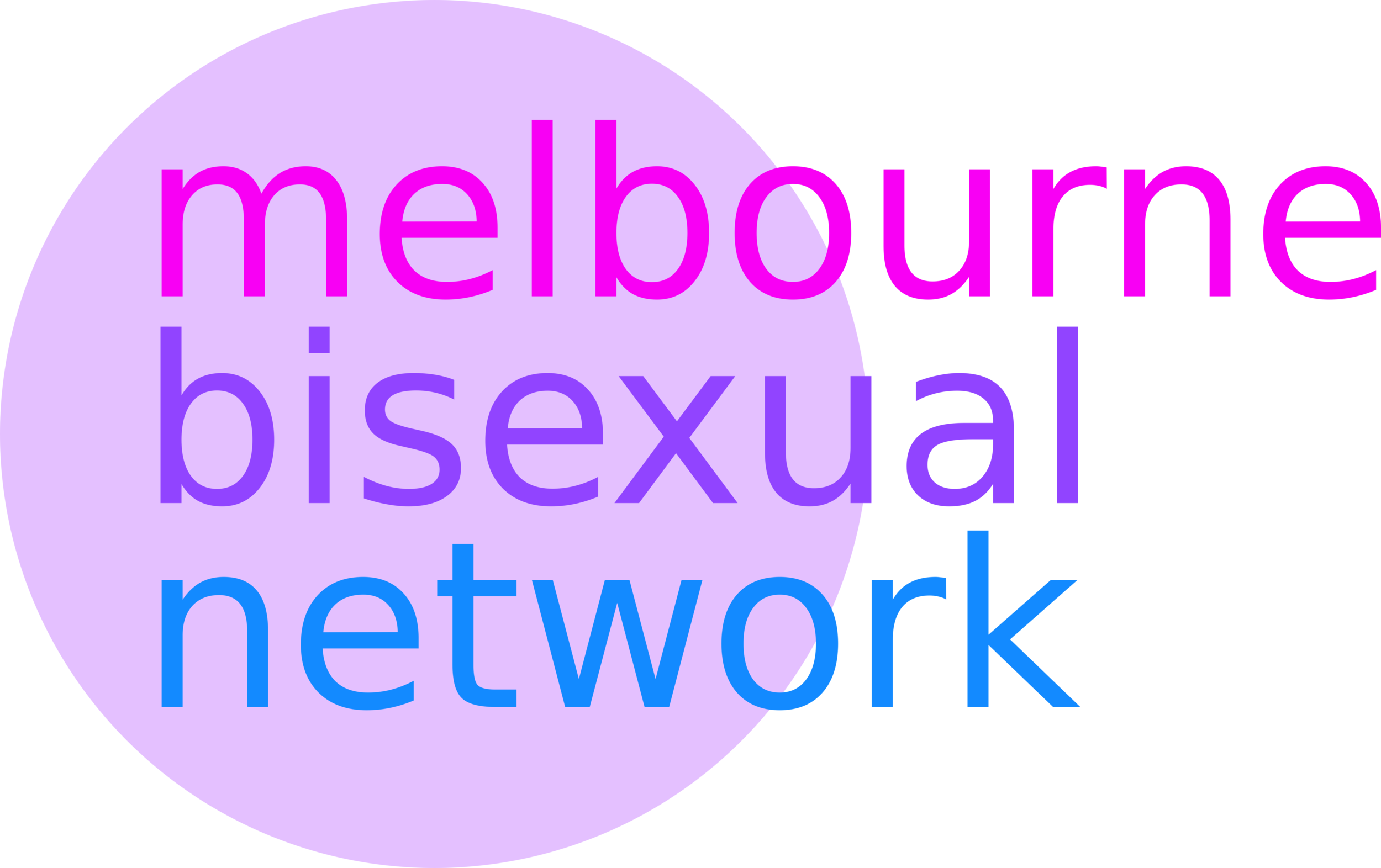Definitions
Different words for multi-gender attraction
The words that people use to describe their experience of being attracted to more than one gender are varied, and people use them in slightly different ways. Here are some of the more frequently used definitions of some of these words.
Multi-Gender Attraction
Multi-gender attraction or multiple gender attraction (MGA), sometimes, is an umbrella term that includes any romantic or sexual orientation which experiences attraction to more than one gender either sexually, romantically, intellectually, spiritually or a combination of these. Such orientations include, but are not limited to, bisexuality, pansexuality, and polysexuality.
Bisexual
One of the most often used definitions of bisexual comes from Robyn Ochs, prominent bisexual activist, educator and writer:
“I call myself bisexual because I acknowledge that I have in myself the potential to be attracted – romantically and/or sexually – to people of more than one gender, not necessarily at the same time, in the same way, or to the same degree.”
Bi+
Bi+ is an umbrella term that encompasses the many identities of multigender attraction including bisexual, pansexual, omnisexual, queer, fluid, questioning, and other non-monosexual identities, as well as those who express multi-gender attraction in behaviour but do not identify with LGBTIQA+ communities.
bisexualities
The use of the term bisexualities aims to counter the extent of bisexual erasure in our culture, whilst remaining inclusive of the diversity of identifications, as well as the fluidity of these labels. For instance, bisexual, pansexual, polysexual, queer, bi-romantic etc.
Pansexual
Pansexuality, or omnisexuality, is the sexual, romantic or emotional attraction towards people regardless of their sex or gender identity.
Other useful definitions
Monosexual
Monosexuality is romantic or sexual attraction to members of one sex or gender only. A monosexual person may identify as heterosexual, homosexual or queer. In discussions of sexual orientation, the term is chiefly used in contrast to bisexuality, or pansexuality and various other gender-inclusive or gender-neutral identities.
BI-ERASURE
Bisexual erasure or bisexual invisibility is the tendency to ignore, remove, falsify, or re-explain evidence of bisexuality in history, academia, the news media, and other primary sources. In its most extreme form, bisexual erasure can include the denial that bisexuality exists.
Bi-phobia
Bi-phobia refers to prejudice, discrimination, or hostility directed towards individuals who identify as bisexual or are perceived to be bisexual. It encompasses negative attitudes, beliefs, and behaviors that marginalize, stigmatize, or invalidate bisexual individuals and their experiences. Bi-phobia can manifest in various ways, including denying the existence or validity of bisexuality, perpetuating stereotypes and misconceptions about bisexual individuals, excluding them from LGBTQ+ spaces, and even acts of violence or harassment. Recognizing and addressing bi-phobia is essential for promoting inclusivity, visibility, and acceptance of diverse sexual orientations and identities within society and LGBTQ+ communities.
BI-VISIBILITY
Bi-visibility is marked by efforts to increase awareness and acceptance of bisexuality as a sexual orientation. Bi-visibility can be undertaken by bisexual individuals, bisexual communities, and allies who are not bisexual.
